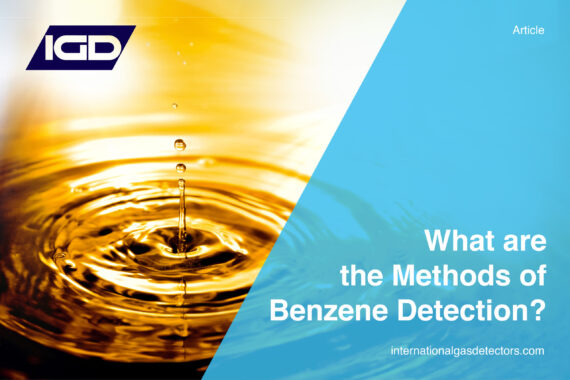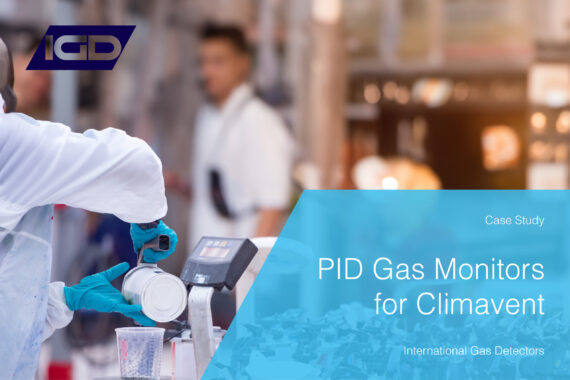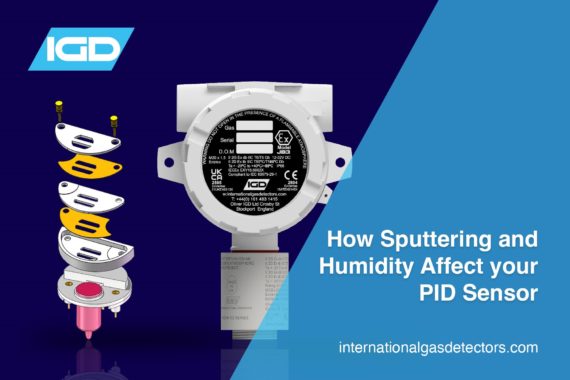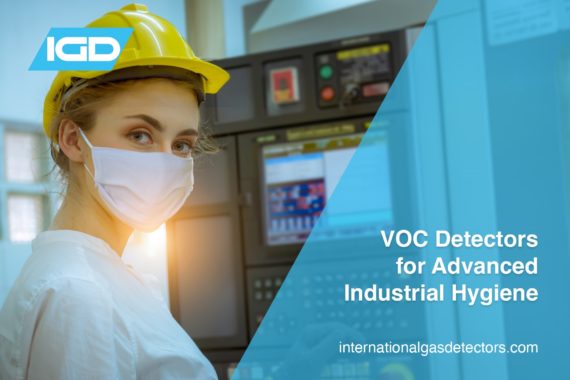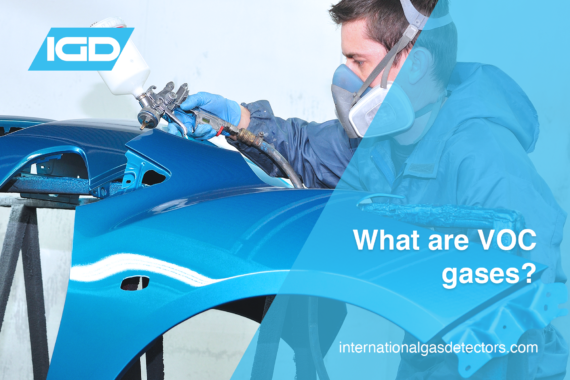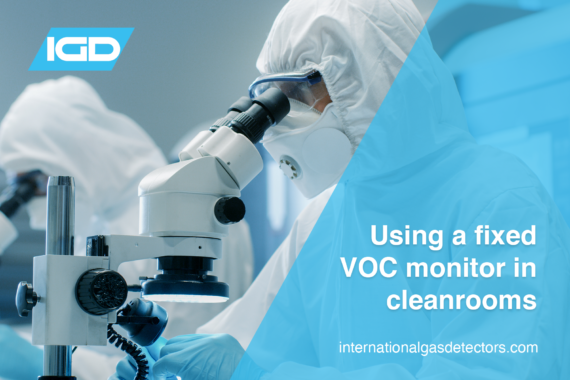Benzene is a colourless chemical with a sweet smell but is highly carcinogenic, making it extremely difficult to detect without specialist equipment. There is a variety of equipment available for detecting benzene and finding the right one is essential. Check out this article to find out more about the different detection methods.
PID Gas Monitors for Climavent
One of our most recent projects includes the implementation of our PID Gas Monitors for a fume extraction company known as Climavent. Their client required these PID detectors in their fume extraction systems to check the state of the carbon filters. Issues with current devices led to the widely successful implementation of IGD’s PID gas monitors, improving the safety of their team, and opening the doors for further opportunities to enhance Climavents gas safety. Read on below for more detail about how the Climavent team became detectably better in their gas safety.
The 5 Most Common Industry Applications for the NEO PID
The NEO PID is the most advanced portable gas detector on the global market and is used to monitor volatile organic compounds (VOCs). The sensor can monitor over 700 VOC gas species and reliably detect down to parts per billion levels (ppb) and up to 15,000 parts per million (ppm). This blog post will explore five industry applications in which the NEO PID can be used and the benefits it provides.
How Sputtering and Humidity Affects your PID Sensor
As a lot of our readers may have seen in our PID and VOC articles, we frequently mention the terms ‘sputtering’ and ‘humidity’ and their effects on a PID sensor. But what does sputtering mean? And how exactly do these have a negative effect on the performance of a PID? This article aims to answer these questions, detailing these issues and how IGD has managed to negate them from our PID sensors.
Using PID Portables for Military Applications
Gas detection is provided in two formats: portable (such as the PID portable) and fixed. Understanding gas risks often requires a combination of the two, but there are applications in which only one will do. IGD’s multi-gas and PID portable is well suited for aspects of military applications which will be outlined in this article.
VOC Detectors for Advanced Industrial Hygiene
Volatile organic compounds (VOCs) are very widely used in industry and represent a significant hazard to human health. In this blog post, we take a look at what VOCs are, their role in industry, and the importance of VOC detectors for maintaining industrial hygiene.
Gas Detection Solutions for Hazardous Waste
Many jobs involve working with or around hazardous waste daily. Therefore, protecting workers and working environments from dangerous substances and impacts thereof is paramount.
International Gas Detectors (IGD) manufacture and distribute numerous gas detection products, and provide system installations, service, and maintenance on gas detection systems, alongside training consultancy services.
What are VOC Gases?
What are VOC gases? Where are they found? How can I mitigate the Hazards of VOC’s? These are all vital to consider if working around VOC gases, as VOCs are extremely hazardous gases causing a plethora of health issues. This article answers all of these important questions, as well as suggesting detectably better gas detection equipment in order to help mitigate the presence of VOC gases. Read on to find out more.
How Do We Monitor VOCs and Why Do We Use VOC Detectors?
VOC’s are extremely common and can be from surprising sources. Each VOC comes with its own exposure hazards and reasons these need to be monitored, these can be found by accessing each materials Material Safety Data Sheet (MSDS). But how are these monitored? And why do we monitor these gases? These questions will be answered in this article to help provide a basic understanding of VOC gases and the dangers.
Using a Fixed VOC Monitor in Cleanrooms
Cleanrooms are found across a wide range of industries for a vast range of uses. This includes the most common ones such as laboratories, pharmaceutical and medical as well as semi-conductor applications and many other less common ones. Each of these industries need to monitor VOCs for a wide range of reasons, from the hazards they may cause to the personnel to the effects on the work they are doing, thus a fixed VOC monitor will be needed in each of these applications. This article will detail the reasons why a Fixed VOC Monitor may be required in each application as well as the hazards that come with VOCs. This article will also detail the revolutionary Fixed VOC Monitors on offer from IGD. Read on below to find out more.

